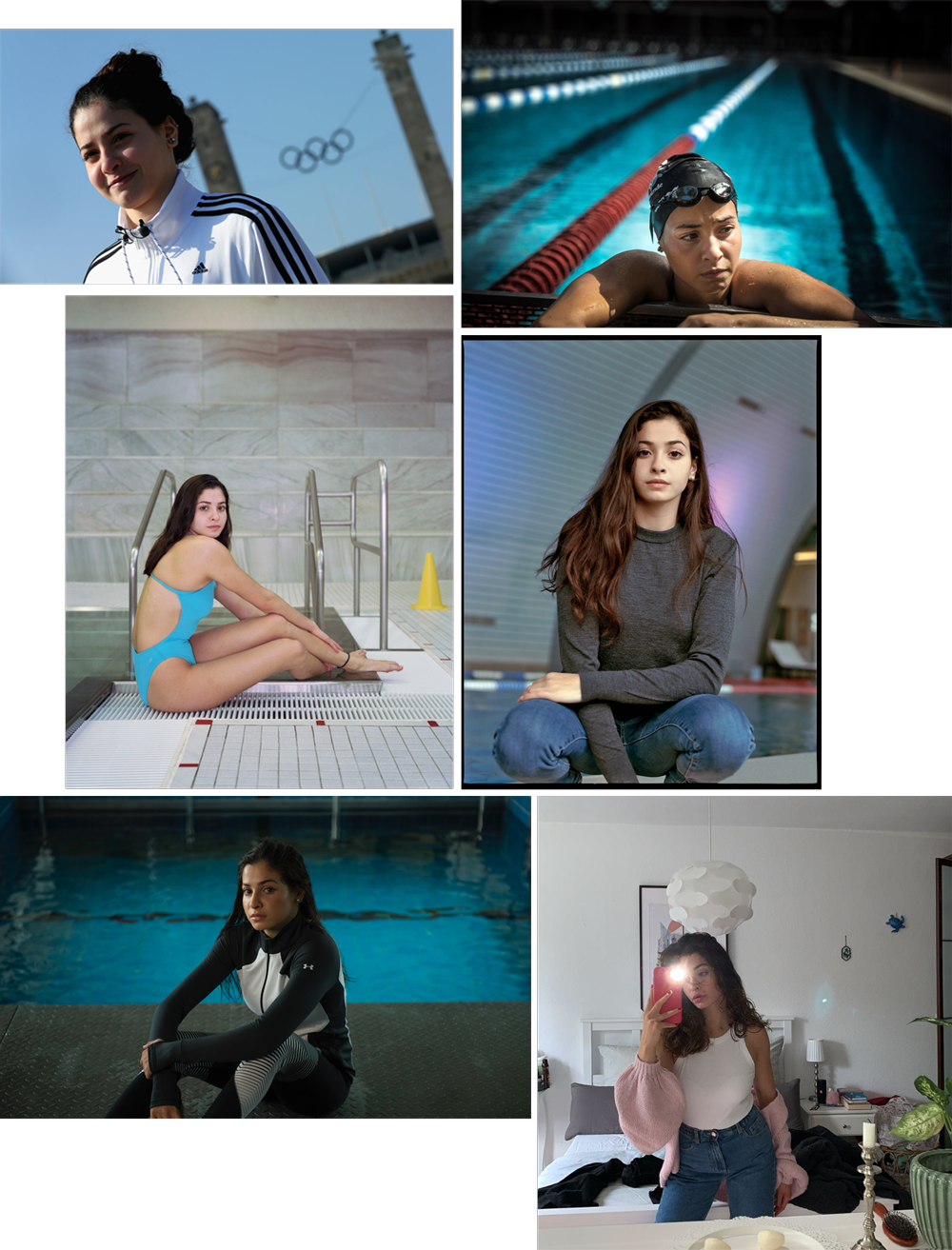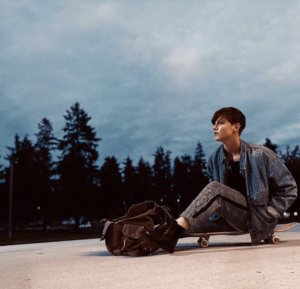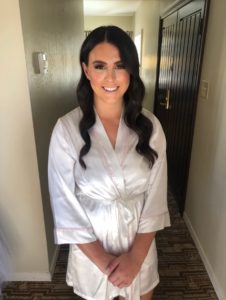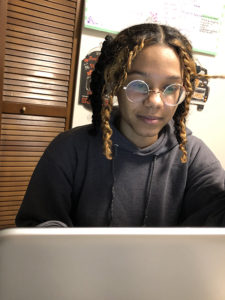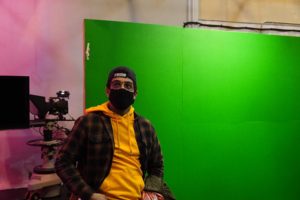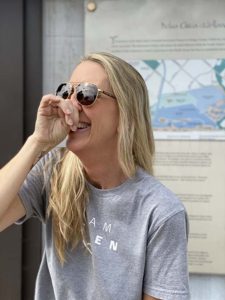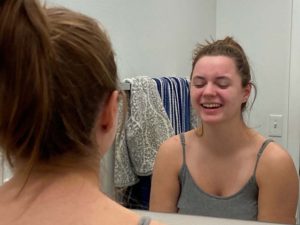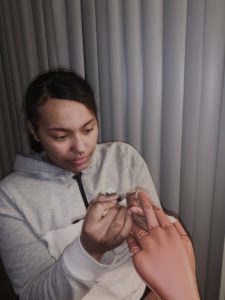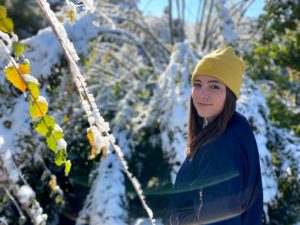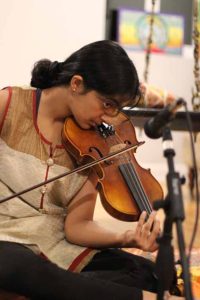This assignment is about creating and analyzing portraits used in mass media. You will make three photo portraits and, separately, compare portraits of a celebrity or public figure to assess how those photos represent one person in different ways. Like most photo assignments in this class, this assignment includes both a photo portion and a written portion to submit.
Points: 20
Due Date: Sunday, Oct. 25, at 11:59 p.m.
Grading: Part 1 and Part 2 are each worth 10 points. Successfully completing the requirements is worth 18 points. Work may earn an “A” for original thought and effort that demonstrates thorough engagement with the activity.
Submit: Text document for Part 1 with five images and writing; image files and written description for Part 2 (can be in the same text doc as Part 1)
Unlike most other photojournalism images, portraits are often staged. This is considered ethical because it is not deceptive if viewers can tell it’s staged. Similar to a written profile story, a portrait is about representing a particular aspect of someone’s life. It is not like a biography that needs to capture their entire life. Photographers carefully consider how the lighting, setting and perspective will affect the way the portrait turns out.
Portraits in photojournalism are different from commercial portraits — graduation portraits, wedding photos, family photos, etc. — because photojournalists are communicating to the public rather than serving a single client. In general, photojournalists do want their portrait subjects to “look good” since this reflects on their photography skills. This occasionally becomes an ethical quandary when photojournalists shoot portraits of public figures known for controversy or harm.
This assignment involves two parts.
Part 1: Portrait Comparison
In this part, you will compare news portraits of one person and write about them. This overlaps with your Find-A-Photo assignment for this week.
1. Choose a celebrity or public figure who interests you who’s frequently photographed. They should be alive today or have died no earlier than 1990. This person doesn’t need to be overly famous as long as they’ve been featured in a variety of news coverage. Athletes, actors, musicians, politicians and activists often work well.
2. Look up photos of this person and find five good portraits with known origins. You must be able to tell where the photo is from, such as a specific magazine story or photo shoot. The portraits should ideally be taken by photojournalists or for news coverage. (It is often helpful to look up news coverage and see which photos are used, rather than just searching for photos.) It it OK to use 1-2 portraits that weren’t for news coverage, such as promotional photos or selfies from the person’s social media accounts.
3. In a text document, include all five images and answer these questions about each of the five photos:
- Where is the image from? Why was it taken?
- What aspects of this person’s life or personality come through in this photo compared to others?
4. Then, answer these questions comparing all five:
- Which one do you think is most effective for how it portrays the person, and why?
- Which photo is the most technically impressive, and why?
- What similarities or contrasts did you notice in how this person is portrayed?
For example, I looked up portraits of Yusra Mardini, a Syrian swimmer training for the Olympics. These portraits are from Getty Images, The New York Times, Vogue, Teen Vogue, Under Armour (promotional) and one recent Instagram selfie. Her story is harrowing, so some portraits play up that darkness. Some make her look exceptional and glamorous, while others show how she’s an ordinary young adult.
Part 2: Environmental Portraits
An environmental portrait means the setting of the portrait says something about the person being featured. In photojournalism, the setting is a place with authentic meaning to the person, such as where they live or work. This is in contrast to a studio portrait, where the context of the person’s setting is intentionally removed to focus only on the person. Environmental portraits require photographers to be nimble and creative because the photographer doesn’t have full control over the lighting and setting.
Your task is to take three environmental portraits. These can be three portraits of the same person in different settings, or portraits of three different people. Imagine that the portraits will be used in a feature story about this person.
All photos must be new and taken for the purposes of this assignment.
- You will need to give the person some direction, such as where to sit or stand, but this should be collaborative. You are not posing them like a model, because you want their personality and genuine self to come through in the photos.
- Take a minimum of 10-15 photos in each setting so you can choose your best one.
- You can crop and make small toning adjustments in Photoshop or Lightroom if you want, but do not do any extensive editing to dramatically change the photos.
Finally, write 100-200 words describing your process and goals with the environmental portraits. How did you choose the setting? What went well and what didn’t?
Submit your Work
1. Blackboard
On Blackboard, upload:
• Your text document for Part 1, including the images you found
• Your three images and 100-200 word description for Part 2, either in the same text document or a separate one.
• Attach your three portrait photos as individual files.
2. Class website
Upload your one favorite portrait to the course website from the Post Image form.
Additionally, you can use one of the five photos from Part 1 for your Find-A-Photo. You must still complete the regular Find-A-Photo information and submit it to that dropbox as well.
Post Image